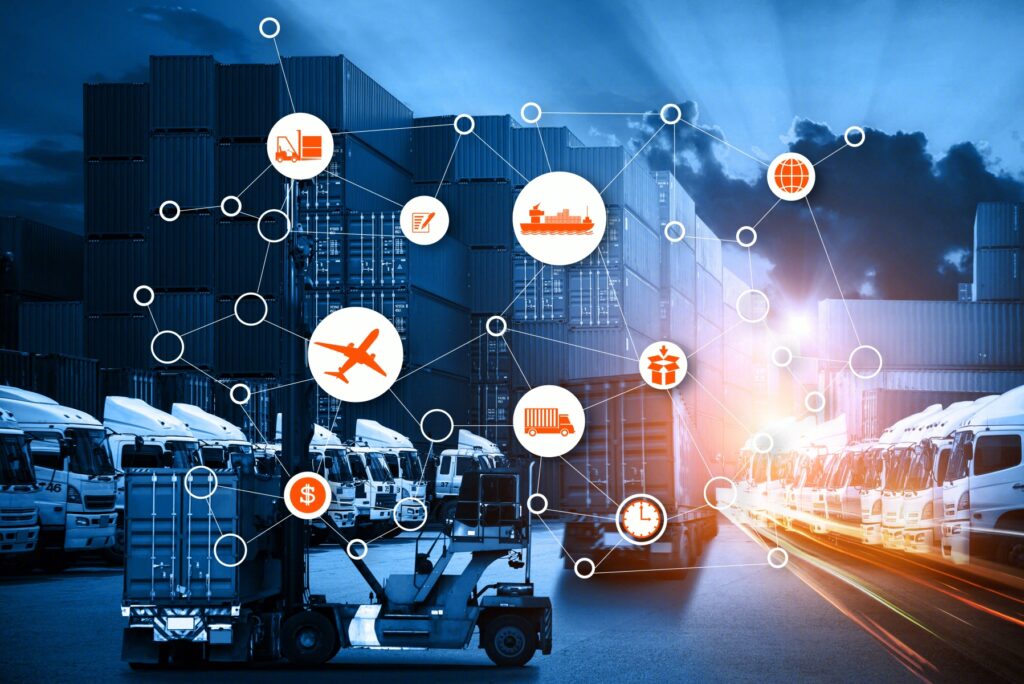Why Supply Chain Security Is Still a Real Concern
Supply chain security encompasses business processes aimed at minimizing security concerns within the supply chain. These processes may involve enhancing security management systems for data protection and mitigating physical threats throughout the supplychain. Ensuring supply chain security is essential, as it mitigates risks from both internal and external sources, such as terrorism, piracy, and theft, across supply chains or value chains.
The Complexity of Modern Supply Chains
Modern supplychains are incredibly complex, often spanning multiple countries and involving numerous stakeholders, including manufacturers, suppliers, logistics providers, and retailers. This complexity introduces several challenges:
- Multiple Points of Vulnerability: With so many entities involved, each link in the chain presents a potential point of failure or attack. A breach in one part of the supply chain can have cascading effects throughout the entire system.
- Lack of Visibility: Companies often struggle to maintain complete visibility over their supplychains. This lack of transparency can make it difficult to identify and mitigate risks in a timely manner.
- Globalization: The global nature of supplychain means that political instability, natural disasters, or economic fluctuations in one region can have far-reaching impacts on supply chain security.
Rising Cybersecurity Threats
As supplychains become increasingly digitized, the threat of cyberattacks has grown significantly. Cybercriminals target supply chains to gain access to sensitive information, disrupt operations, or demand ransoms. Key cybersecurity threats include:
- Ransomware Attacks: Ransomware can cripple supplychain operations by encrypting critical data and demanding payment for its release. Such attacks can cause significant financial losses and operational delays.
- Data Breaches: Unauthorized access to confidential information can lead to intellectual property theft, financial fraud, and reputational damage. Supplychain partners often share sensitive data, making data breaches particularly concerning.
- Software Vulnerabilities: Supplychains rely heavily on software for logistics, inventory management, and communication. Vulnerabilities in these systems can be exploited to gain unauthorized access or disrupt operations.
Environmental and Natural Disasters
Natural disasters and environmental factors pose significant risks to supplychains. Events such as earthquakes, hurricanes, floods, and pandemics can disrupt production, transportation, and distribution networks. The COVID-19 pandemic highlighted the vulnerability of global supply chains, causing widespread disruptions and shortages.
The Human Factor
According to Forbes, Human error and insider threats also play a significant role in supplychain security. Employees, contractors, and third-party partners can inadvertently or maliciously compromise security through actions such as:
- Negligence: Failure to follow security protocols can lead to data breaches or operational disruptions.
- Insider Threats: Disgruntled employees or malicious insiders can intentionally sabotage supply chain operations or steal sensitive information.
- Lack of Training: Inadequate training on security best practices can increase the risk of human error and reduce the effectiveness of security measures.

Mitigating Supply Chain Security Risks
Addressing supplychain security requires a multi-faceted approach involving technology, processes, and people. Here are some strategies to enhance supply chain security:
- Enhanced Visibility and Transparency: Implementing advanced tracking and monitoring systems can improve visibility across the supply chain, helping to identify and address vulnerabilities promptly.
- Cybersecurity Measures: Investing in robust cybersecurity defenses, such as firewalls, encryption, and intrusion detection systems, can protect against cyber threats. Regular security audits and vulnerability assessments are also crucial.
- Supplier Risk Management: Conducting thorough risk assessments of suppliers and partners can help identify potential threats. Establishing clear security requirements and protocols for all supply chain partners is essential.
- Geopolitical Risk Assessment: Monitoring geopolitical developments and having contingency plans in place can mitigate the impact of political and trade disruptions.
- Disaster Preparedness: Developing and testing disaster recovery and business continuity plans can ensure supplychain resilience in the face of natural disasters and other emergencies.
- Training and Awareness: Providing regular security training for employees and partners can reduce the risk of human error and insider threats. Promoting a culture of security awareness is key to maintaining a secure supplychain.
Final Thoughts
Supply chain security remains a real concern in today’s interconnected and digitized world. The complexity of modern supplychains, coupled with rising cybersecurity threats, geopolitical risks, and environmental challenges, underscores the need for vigilant and proactive security measures. By enhancing visibility, investing in cybersecurity, managing supplier risks, and preparing for disasters, organizations can build more resilient and secure supply chains.
Visit Auxin.io for more insightful blogs.








